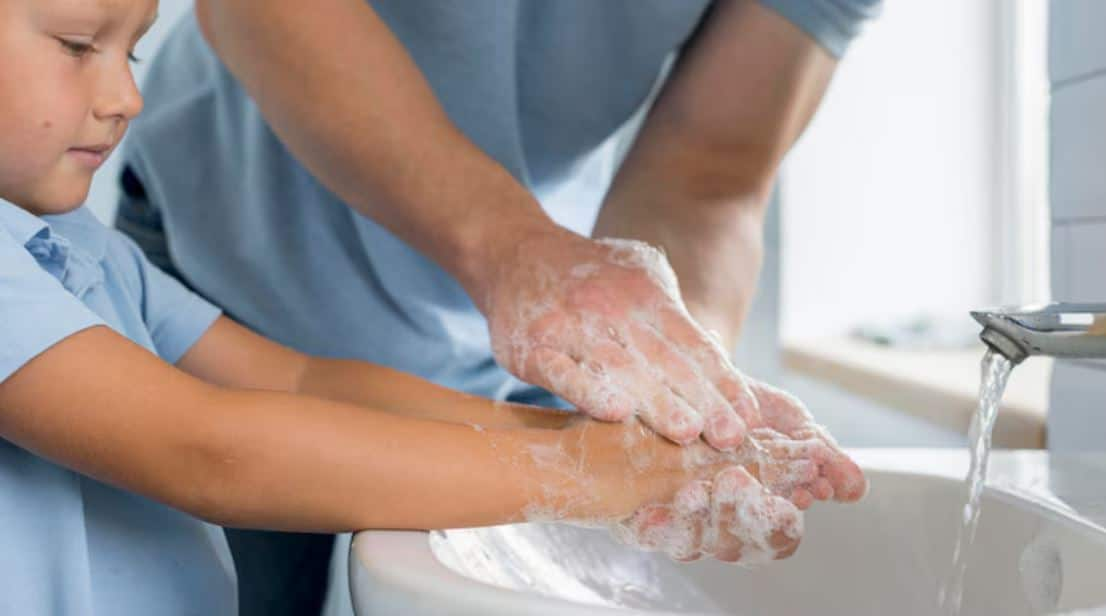World Hand Hygiene Day 2025: In our fast-paced, screen-dominated lives, we touch our eyes more often than we realise—whether to rub them when tired, adjust our glasses, or handle contact lenses. But one basic hygiene practice is often neglected: washing our hands. On World Hand Hygiene Day 2025, healthcare experts are spotlighting a lesser-known but critical health risk—how poor hand hygiene can endanger eye health.
Why Hand Hygiene Matters for Your Eyes
“Handwashing is one of the most effective ways to reduce infections, especially eye infections,” says Dr Sujatha T, General Ophthalmology and Cataract Surgeon at Dr Agarwal’s Eye Hospital, Kalyan. “Since hands are the gateway to the body, we often underestimate how significantly hand hygiene affects our overall health—especially our eyes, which are extremely sensitive organs.”
The eyes are particularly vulnerable to infections caused by bacteria, viruses, and allergens. Common behaviors—like rubbing the eyes, adjusting spectacles, or inserting contact lenses—can quickly transfer harmful microbes from our hands to the eyes.
Eye Conditions Linked to Poor Hand Hygiene
According to Dr Sujatha, the following eye problems are frequently linked to unwashed or improperly cleaned hands:
1. Conjunctivitis (Pink Eye): Highly contagious and often caused by viruses or bacteria, this condition spreads easily through hand-to-eye contact.
2. Stye: A painful, red swelling on the eyelid caused by bacterial infection, usually from touching the eyes with dirty hands.
3. Corneal Ulcers: These are open sores on the cornea, typically affecting contact lens users who insert or remove lenses with unclean hands. The infection can be bacterial, viral, or fungal and, if untreated, can lead to vision loss.
Essential Hand Hygiene Tips to Protect Your Eyes
Dr Sujatha offers practical guidelines to maintain good hand hygiene and reduce the risk of eye infections:
1. Wash Hands Thoroughly
Always wash your hands before applying eye drops, wearing spectacles, or handling contact lenses. Scrub all hand surfaces, including fingers and under nails, with soap and water for at least 20 seconds.
2. Dry Properly
Use a clean towel or let your hands air dry to avoid recontaminating them.
3. Use Hand Sanitizer Wisely
When soap and water aren’t available, use an alcohol-based hand sanitizer (minimum 60% alcohol) and rub hands until completely dry.
4. Avoid Rubbing Your Eyes
This common habit increases the risk of transferring germs to your eyes, especially after touching contaminated surfaces.
5. Handle Contact Lenses with Care
Wash hands before insertion or removal. Be gentle and avoid using fingernails. Always manage lenses over a clean surface and follow proper lens cleaning protocols.

6. Clean Eye Tools
Avoid sharing eye makeup or tools and clean them regularly to prevent cross-contamination.
7. Limit Screen Time
Reduce eye strain and the urge to rub your eyes by taking regular screen breaks.
8. Use Clean Materials
Use sterile wipes or clean tissues when cleaning around your eyes.
Dr Sujatha concludes, “Handwashing is a simple but powerful tool. Many viral and bacterial eye infections can be prevented just by maintaining proper hand hygiene. Since the eyes are exposed mucous membranes, they can easily become entry points for harmful pathogens.”
By adopting these small yet effective habits, you can significantly lower your risk of eye infections and enjoy better eye health. On this World Hand Hygiene Day, let’s remember: clean hands don’t just protect our bodies—they safeguard our vision too.

